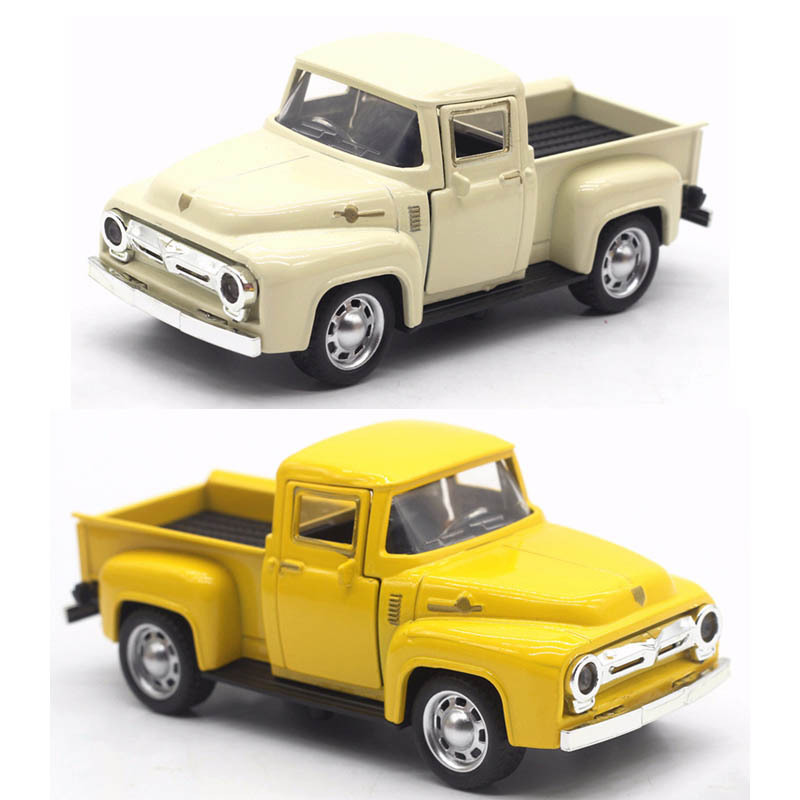Diecast toy cars aren’t just captivating collectibles; they also serve as gateways to exploring the rich tapestry of automotive history. These small-scale replicas offer enthusiasts a tangible connection to the past, allowing them to witness the evolution of automobiles through the lens of craftsmanship and design.
When examining a collection of diecast toy cars spanning various decades, one can observe the shifts in automotive aesthetics and engineering. Early models might reflect the simplicity and elegance of pre-war automobiles, while later models capture the sleek lines and innovative features of the mid-20th century.
Iconic cars that left their mark on history are often immortalized in diecast form. From classic muscle cars that epitomized American automotive culture to European sports cars that set new standards for performance, these models serve as tributes to the vehicles that shaped the industry.
Beyond individual car models, diecast collections often include themed sets that encapsulate specific eras or moments in time. These sets offer a glimpse into the cultural and technological influences that defined each period. From the streamlined designs of the 1950s to the futuristic concepts of the 1980s, these sets are like time capsules that transport collectors to different automotive epochs.
Educational packaging and informational inserts accompany many diecast models, providing historical context and technical details. Enthusiasts can delve deeper into the stories behind each car, learning about innovations, racing triumphs, and the visionaries who shaped the automotive landscape.
Diecast toy cars also offer a tangible connection to personal memories. Many collectors recall childhood experiences of playing with similar models, forming an emotional link between the past and the present. As collectors acquire new additions to their collections, they build a personal narrative that reflects their evolving tastes and interests.
In essence, diecast toy cars serve as more than just miniature replicas – they are portals into automotive history. Their beauty, detail, and historical context make them an ideal medium for exploring the evolution of automobiles and the cultural forces that have shaped them over time.


















